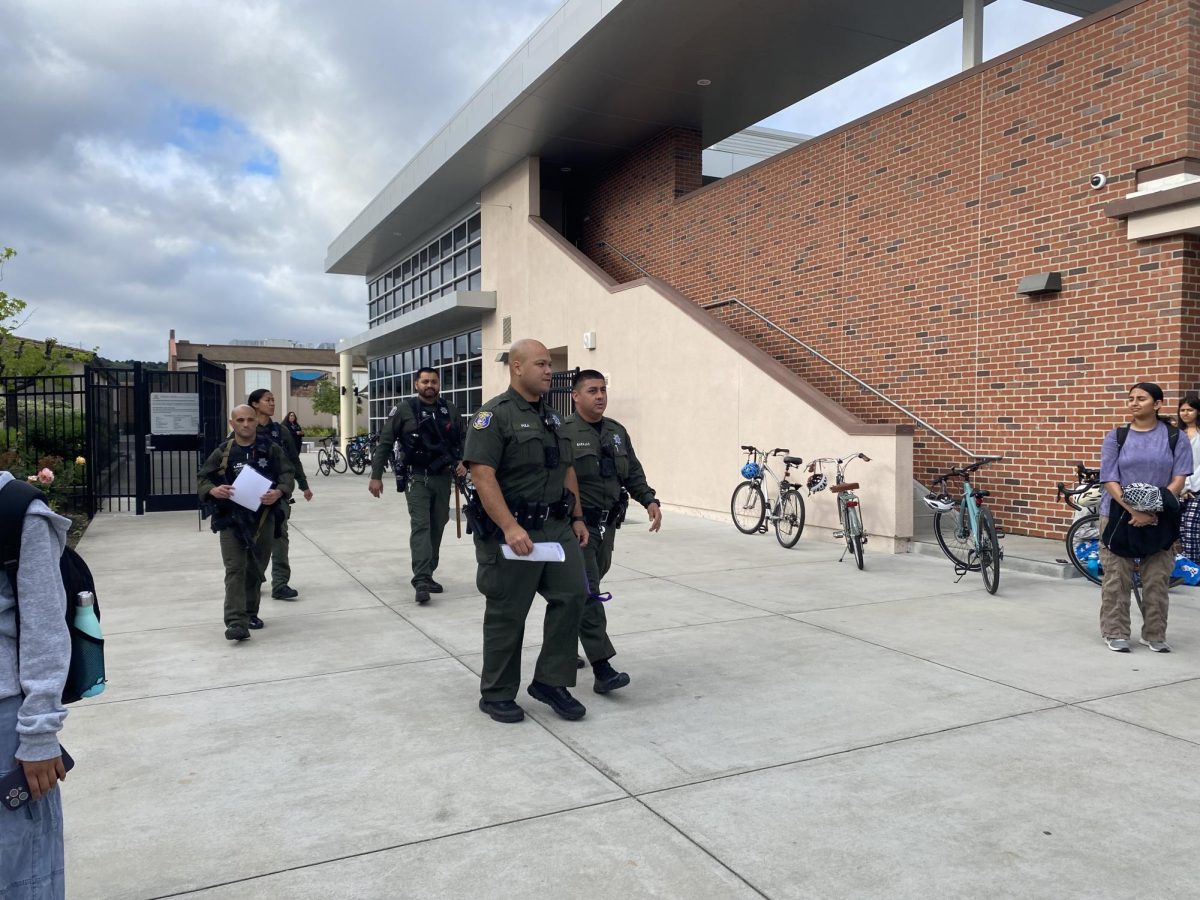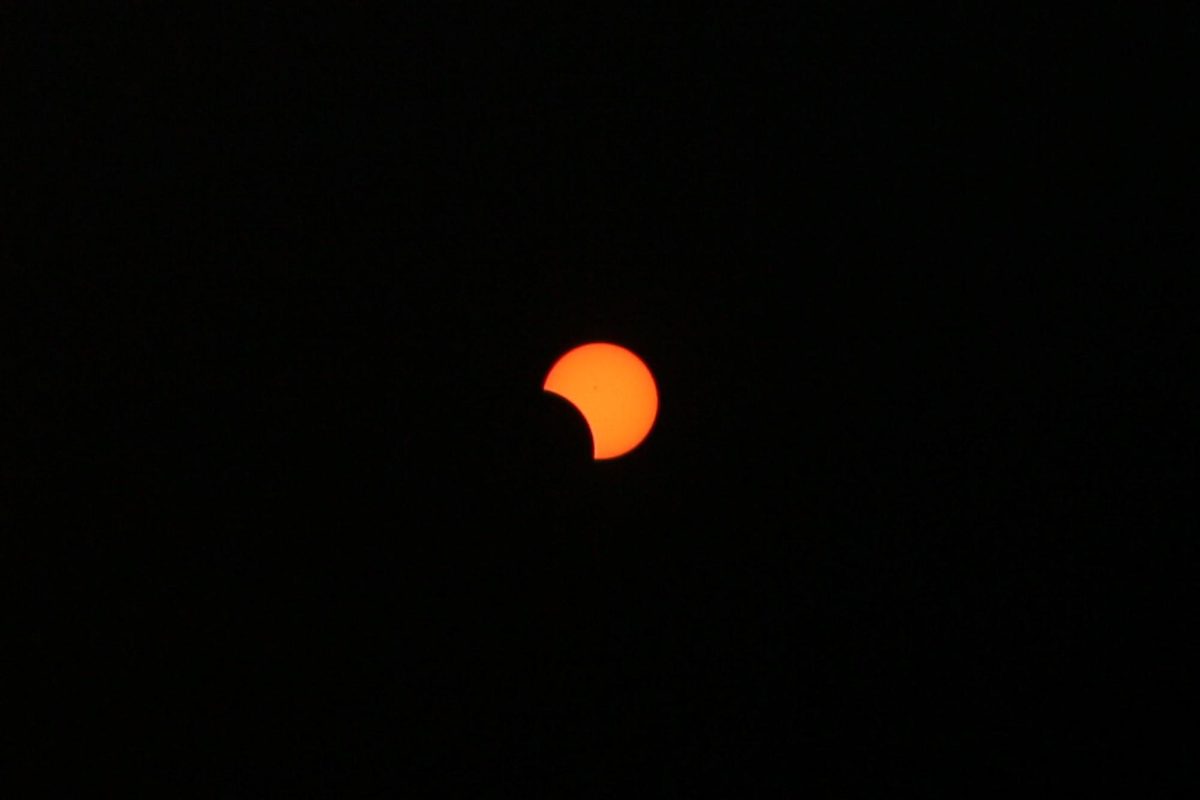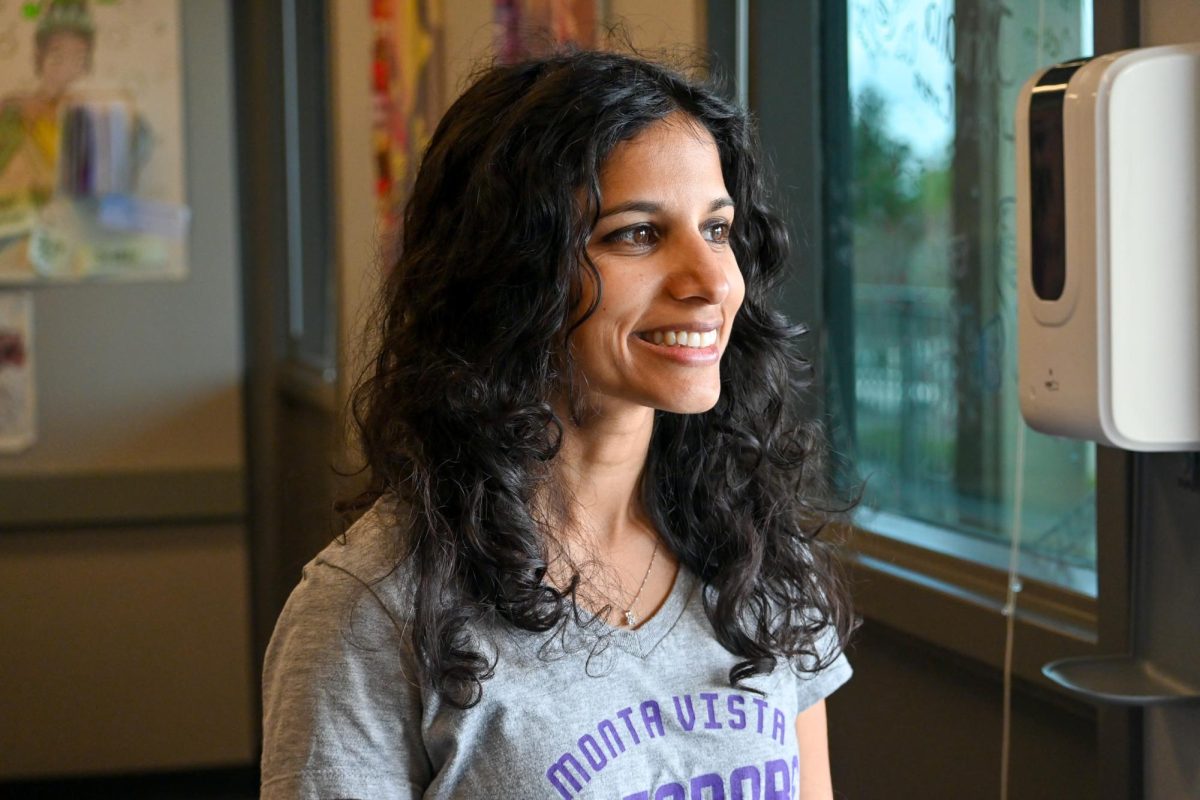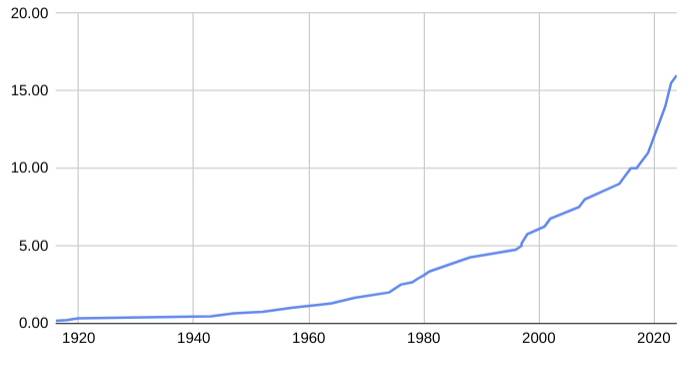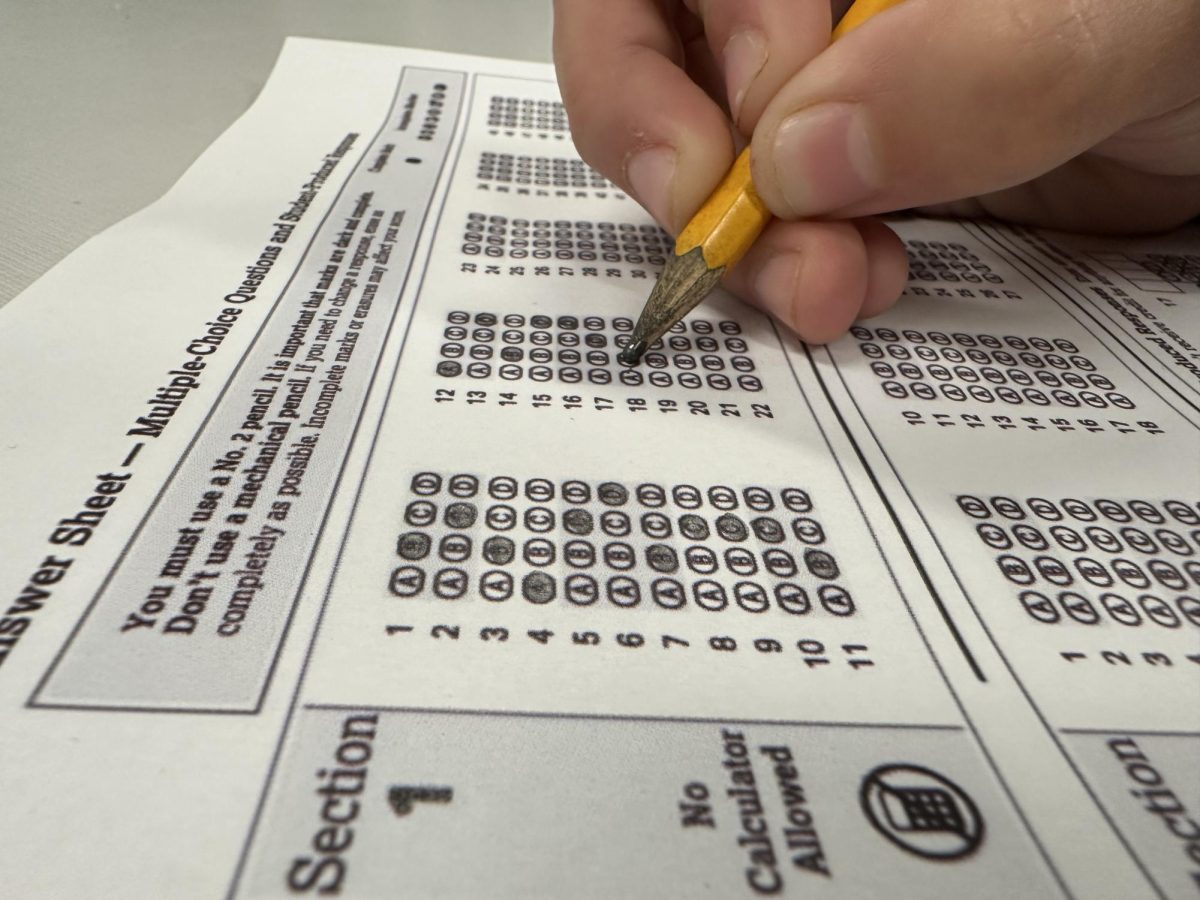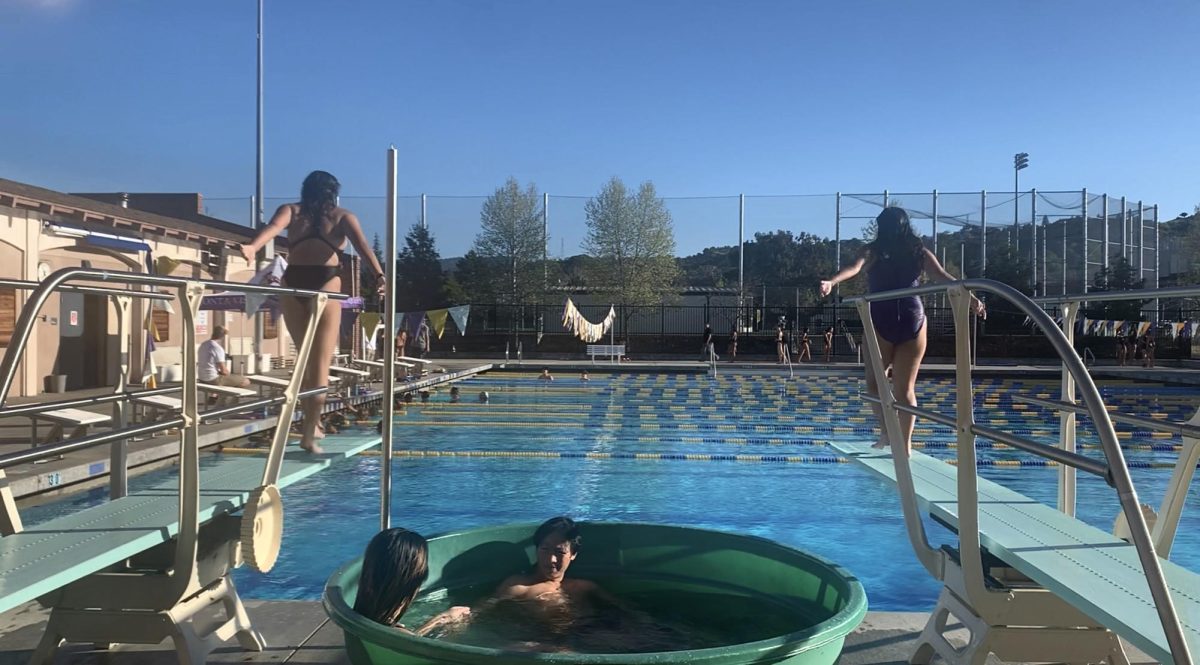The Victim
“What happened?” a student asks sophomore Auboni Poddar as Poddar rushes towards the door of her eighth grade classroom. “Are you okay?”
She doesn’t know what to say. She doesn’t know what is happening. All she knows is that she is not okay.
Later on, she comes to realize that trying to hide her panic would make it worse. But for this time – this first time – she knows no better than to run out the door and hide where nobody could see her. Her panic leads to more panic and it becomes a vicious cycle hyperventilation.
“The noises I was making scared me ,” Poddar said. “I sounded like a whale.”
But, the sound of her gasping for air is incomparable to the sound of her heart pounding. It becomes harder and harder for Poddar to breathe and for her first time Poddar begins to hyperventilate — for three minutes.
I couldn’t control my breathing,” Poddar said. “I couldn’t calm myself down.”
Panic attacks occur most commonly between the ages of 15 and 19, according to MedicineNet. They are usually signs of stress, lack of sleep, drugs or anxiety. Student advocate Richard Prinz believes panic attacks are triggered by change in a daily, familiar routine.
Prinz encountered his first panic attack at an unexpected time. Prinz expressed concerns he had before his panic attack. However eventually, his “anxiety over life changes” demanded to be felt after a relaxing game of golf with his friends.
“Really [the suffrage from] a panic attack is only partially dependent from the pain of the panic attack itself,” Prinz said. “The majority of the suffering comes from your reaction to the panic attack… If you are react to your panic attack as ‘Oh, my body and I are going on this adventure’ then your suffering will be lessened.”
Listen to what Poddar and Prinz have to share about their experiences of having panic attacks.
The Friend
“What happened?” sophomore Nadia Hyder asks a student rushing towards the door of her eighth grade classroom. “Are you okay?”
Hyder’s concern is answered with silence, followed by Poddar’s pattering footsteps out the door. Hyder looks towards her teacher and — as if telepathically reading Hyder’s mind — the teacher nods his head and Hyder rushes out the door.
“I knew she was not okay,” Hyder said. “She was not being dramatic or overreacting. We had been given a lot of homework that night, she was just stressed out.”
Hyder finds Poddar alone and sits beside her. Hyder does not say anything. She does not ask anything. She just sits in silence listening to Poddar’s heavy panting.
“I didn’t know what the ‘right thing’ to do was,” Hyder said, “but I thought sitting with her would comfort her.”
It did.
“I am so grateful Nadia was there,” Poddar said. “I immediately felt relieved, even though she didn’t say anything. She just held me until my breathing slowed down and my panic attack finally passed.”
Panic attacks are a sudden surge of overwhelming emotions and anxiety. This panic often leads to more panic and it becomes a vicious cycle of panic and hyperventilation. For Podder, it took a friend who offered her company to break this cycle. Learn what some of the best and worst things you can do to be that friend who breaks this cycle:

















